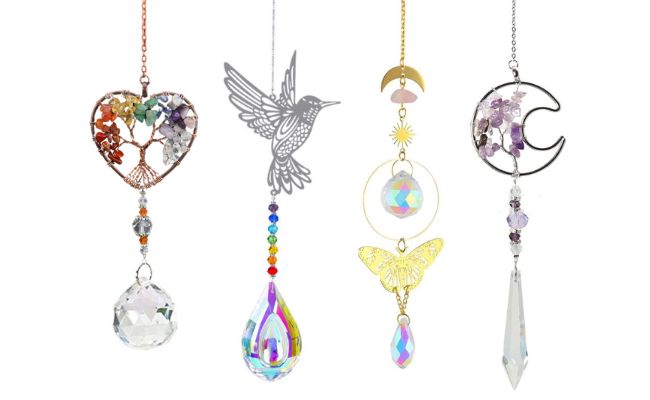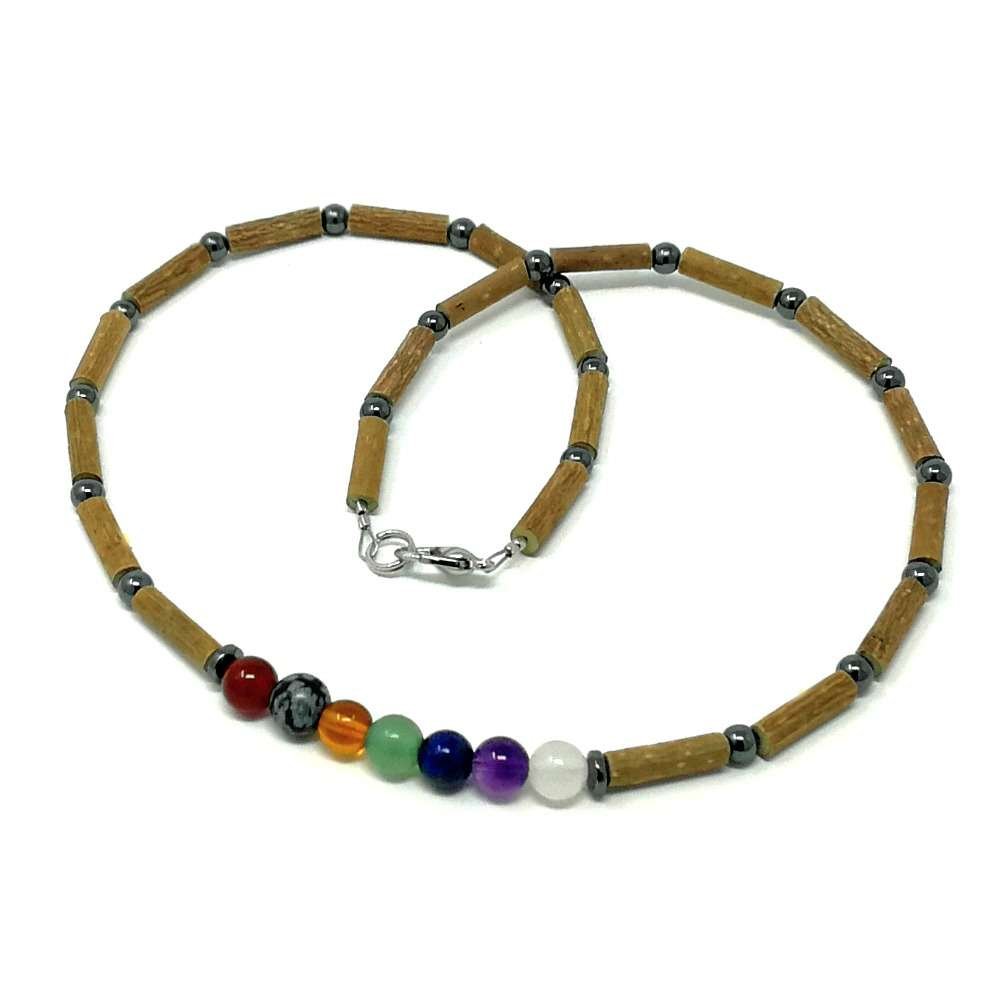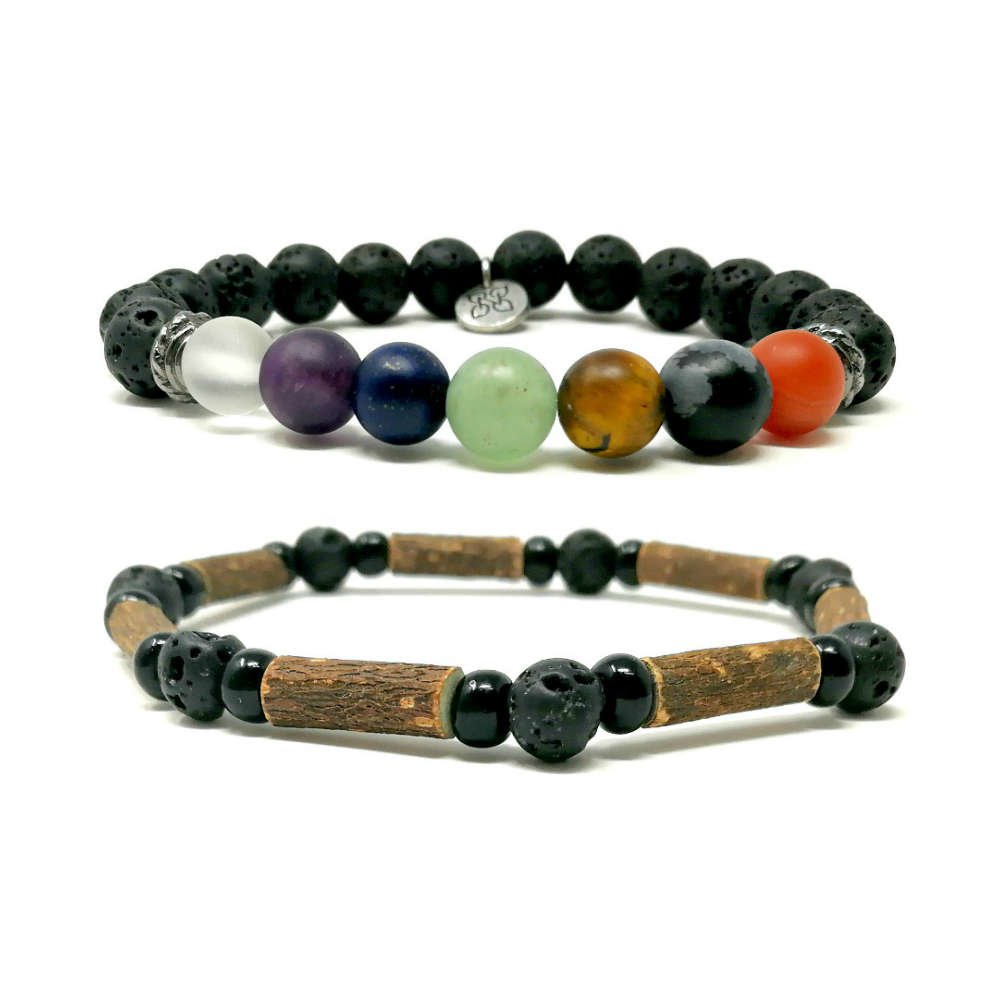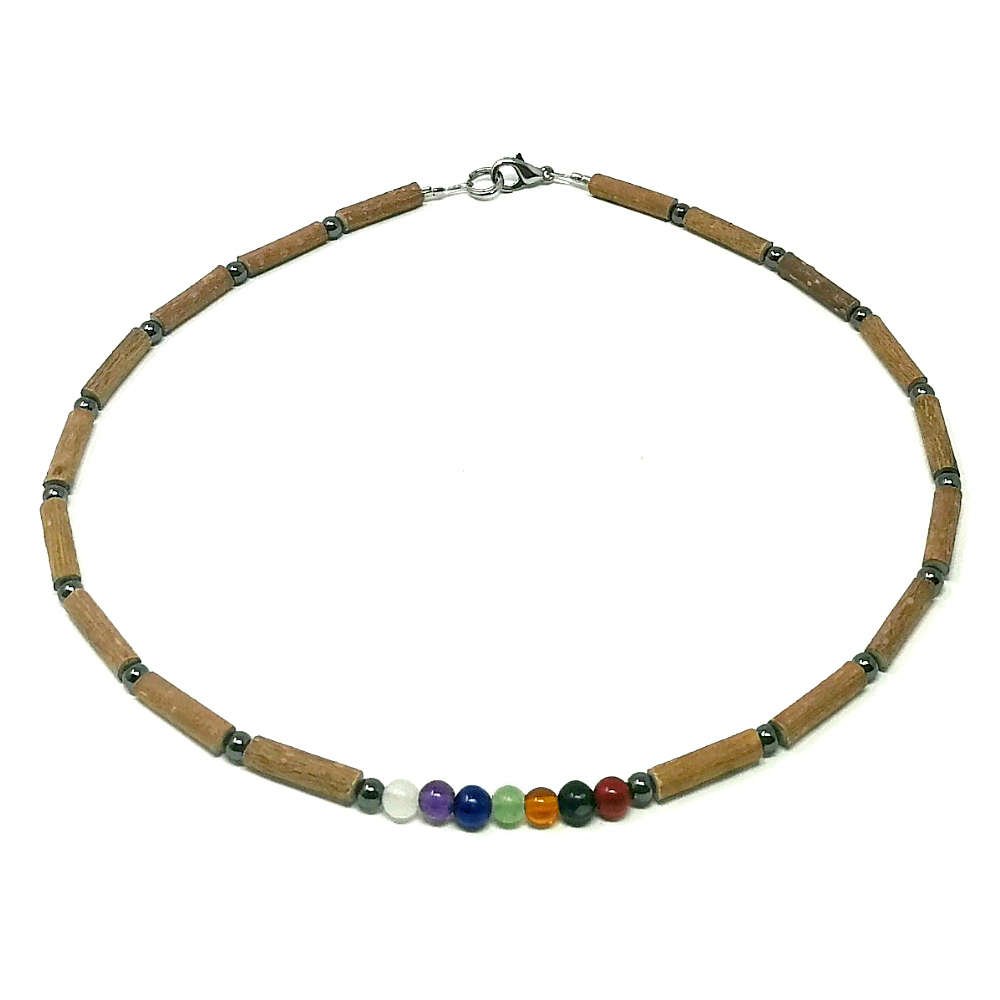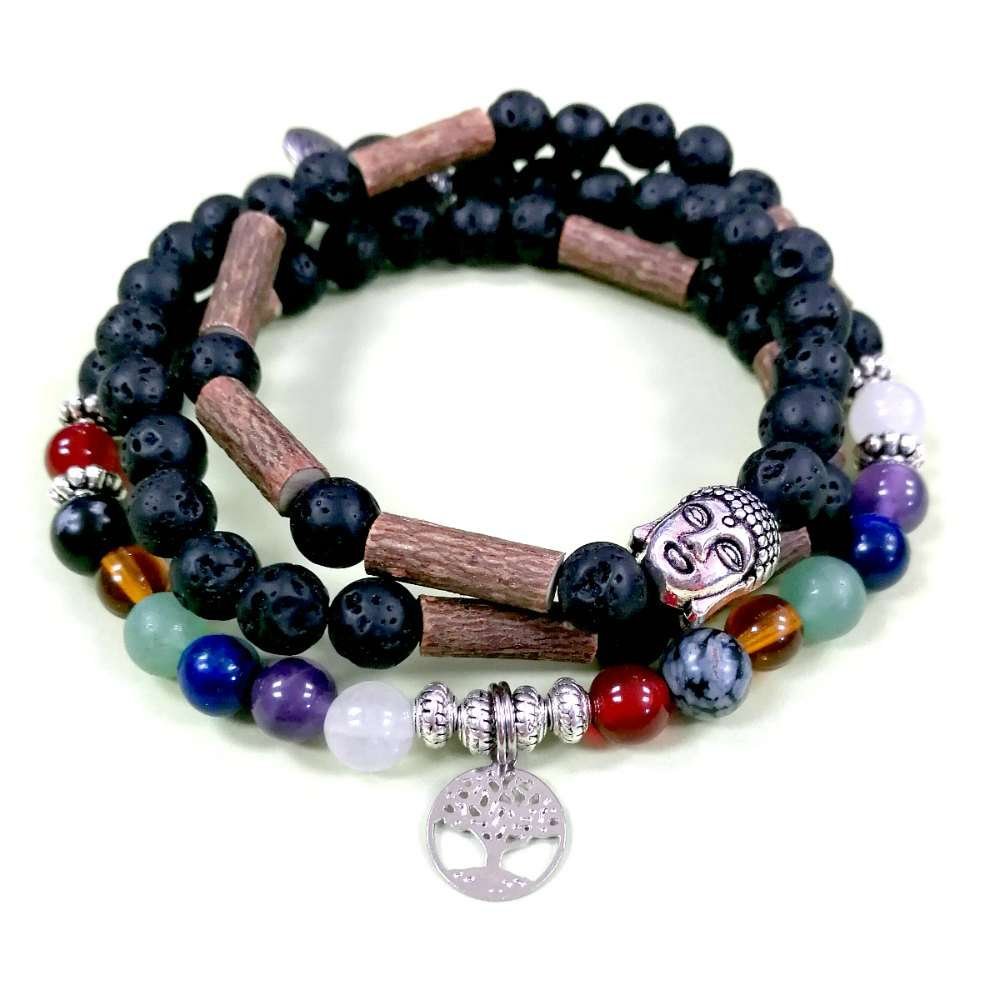Chakra Stones
Chakras are energy centers within the human body that help to regulate all its processes, from organ function to to the immune system and emotions. The chakras are manifested in one's physical state. The ideal is to have all chakra centers clear, balanced, and vitalized for optimal well-being.
Each chakra is associated with one or several gemstones, called Chakra Stones or Chakra Crystals. Stones are used at chakra centers for clearing, revitalizing, and healing.
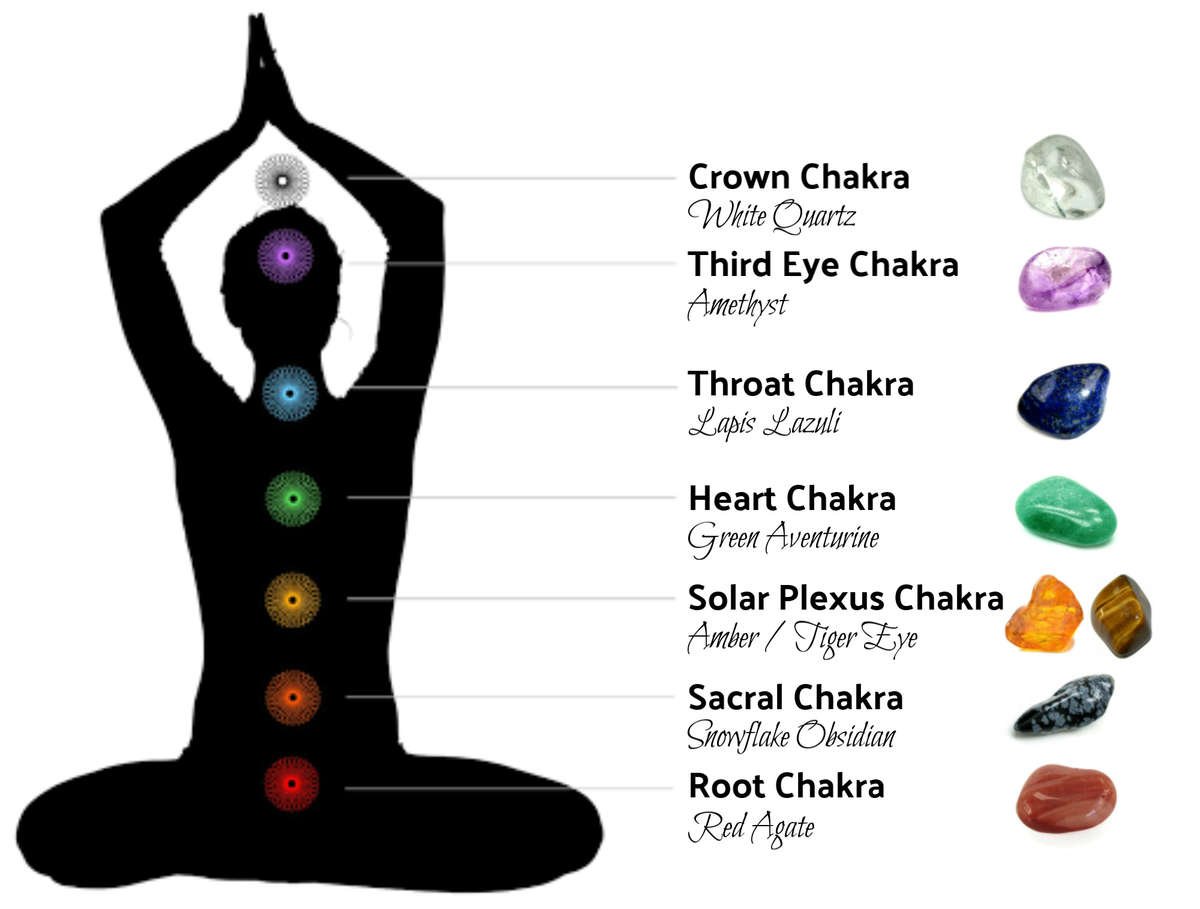
There are seven main chakras, starting from the base of the spine through the crown of the head.
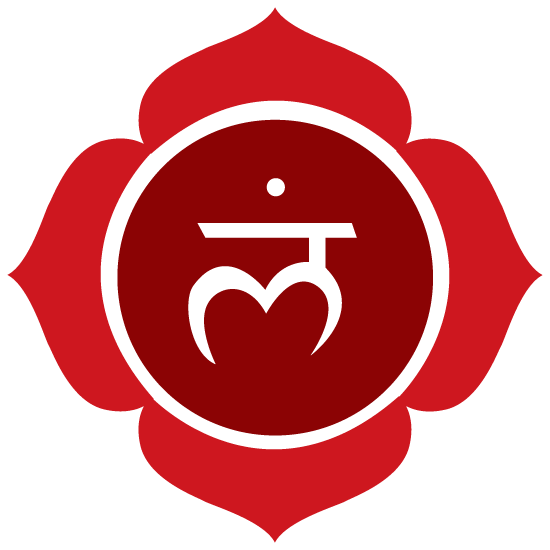
Root Chakra (Muladhara)
The first chakra, the Root chakra, is also known as Muladhara in Sanskrit language. It is associated with the feeling of safety and the ability of being grounded. Its energy is commonly localized between the anus and pubis. It is illustrated by the color red. The inverted triangle of its symbol represents the rooting to the Earth and the center of our vital force. By its localization, the root chakra is associated with the base of the spine. It is the chakra of safety and survival.
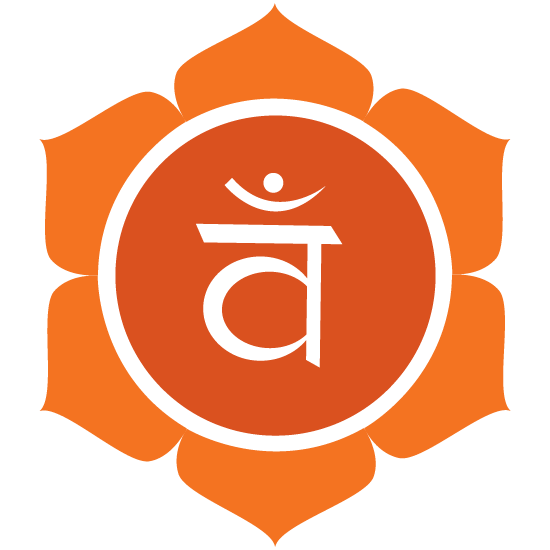
Sacral Chakra (Swadhisthana)
The second chakra, the Sacral chakra, is also known as Svadhisthana in Sanskrit language. It is associated with emotions, sensuality and creativity. Its energy is commonly localized below the navel, in lower abdomen. It is represented by colors orange and black. The circle and six petals of its symbol represent the water element, and its crescent moon, the connection between the energy of the moon and the water. By its localization, the Sacral chakra is associated with the lymphatic system and the sexual organs. It is the chakra of pleasure and harmonious relationships.
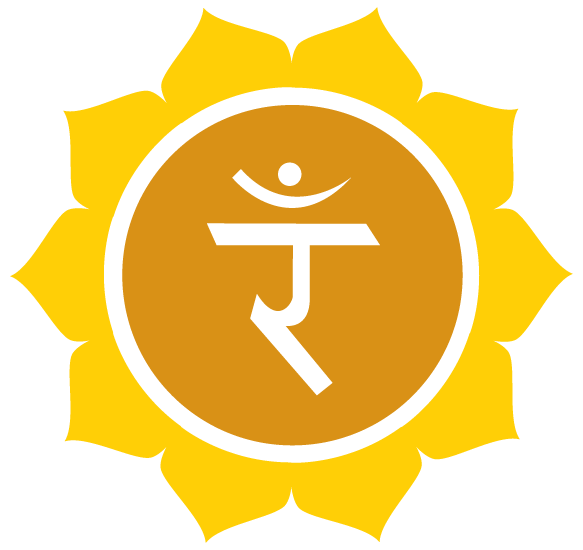
Solar Plexus Chakra (Manipura)
The third chakra the Solar plexus chakra, is also known as Manipura in Sanskrit language. It is associated with the expression of will, power, mental abilities and personnal responsibility. Its energy is commonly localized between the navel and the lower sternum. It is illustrated by colors yellow and orange. The inverted triangle of its sumbol represents the transformative powers of the fire in energy to stimulate and move forward. By its localization, the Solar plexus chakra is associated with the digestive system, especially the pancreas. It is the chakra of will and power.
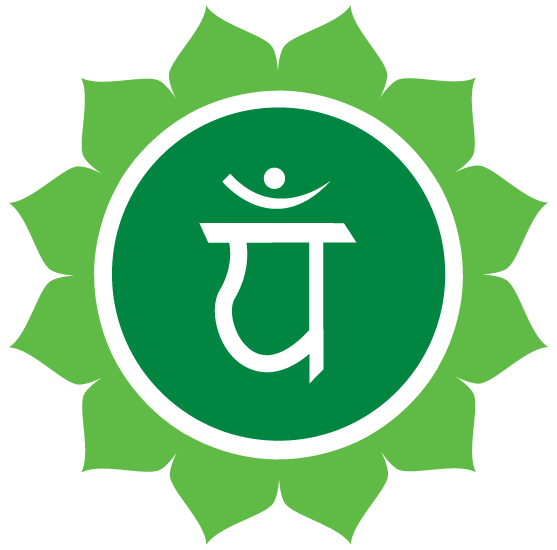
Heart Chakra (Anahata)
The fourth chakra, the Hearth chakra, is also known as Anahata in Sanskrit language. Its energy is mostly associated with breathing and its movements at center of the chest. Most often represented by the green color, it can also be seen as pink. The interspersed triangles of its symbol represent the air element, and the star they form, the union of opposite principles (male vs female, spirit vs matter). By its localization, the Heart chakra represents the cardiac and pulmonary systems, as well as the thymus (gland that regulates the immune system). It is the chakra of unconditional love, both towards oneself and to others.
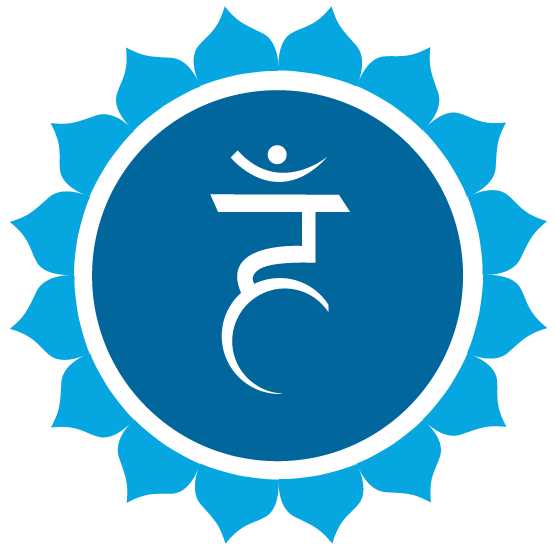
Throat Chakra (Vishudda)
The fifth chakra, the Throath chakra, is also known as Vishudda in Sanskrit language. Its energy is mostly associated with the passage of energy between the lower body parts and the head. Its energy is commonly localized in the center of the neck. Is is represented by colors blue and turquoise. Its crescent-shaped symbol with a circle and surrounded by lotus petals inspire purification. By its localization, the Throat chakra is associated with communication and projection of creativity. It is the chakra of self-expression.
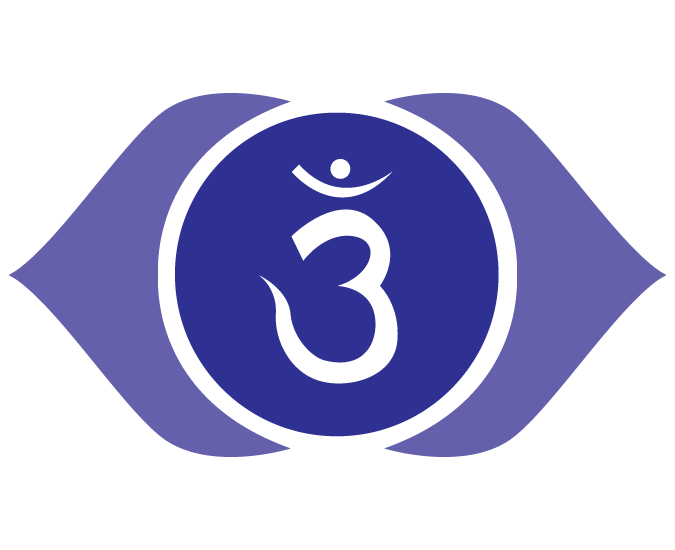
Third Eye Chakra (Ajna)
The sixth chakra, the Third Eye chakra, is also known as the Brow chakra, or as Ajna in Sanskrit language. Located on the forehead between the eyebrows, its energy is mostly associated with intuition and clairvoyance. It is represented by the violet color. Its symbol contains two elements that are frequently associated with wisdom: the inverted triangle and the lotus flower. By its localization, the Third Eye chakra is associated with the head, especially the pineal gland and the optic nerves. It is the chakra of the realization of one's inner being.
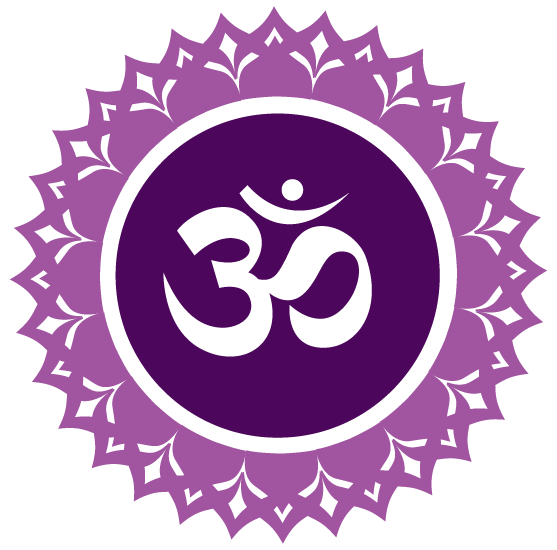
Crown Chakra (Sahasrara)
The seventh chakra, the Crown chakra, is also known as Sahasrara in Sanskrit language. Located at the top of the head, its energy is mostly associated with an access to a state of higher consciousness and puts us in touch with the universe. It is represented by the white color. Its symbol is composed of a circle and a thousand petals to illustrate the possibilities. By its localization, the Crown chakra is associated with the transcendence of our limitations, the personal ones but also the time and space ones. It is the chakra of the universal.
WARNING! The use of natural gemstones in lithotherapy should not stop you from any pursuit of medical treatment and consultation of a physician. It is a complement.
Source: http://www.guidedeschakras.com

